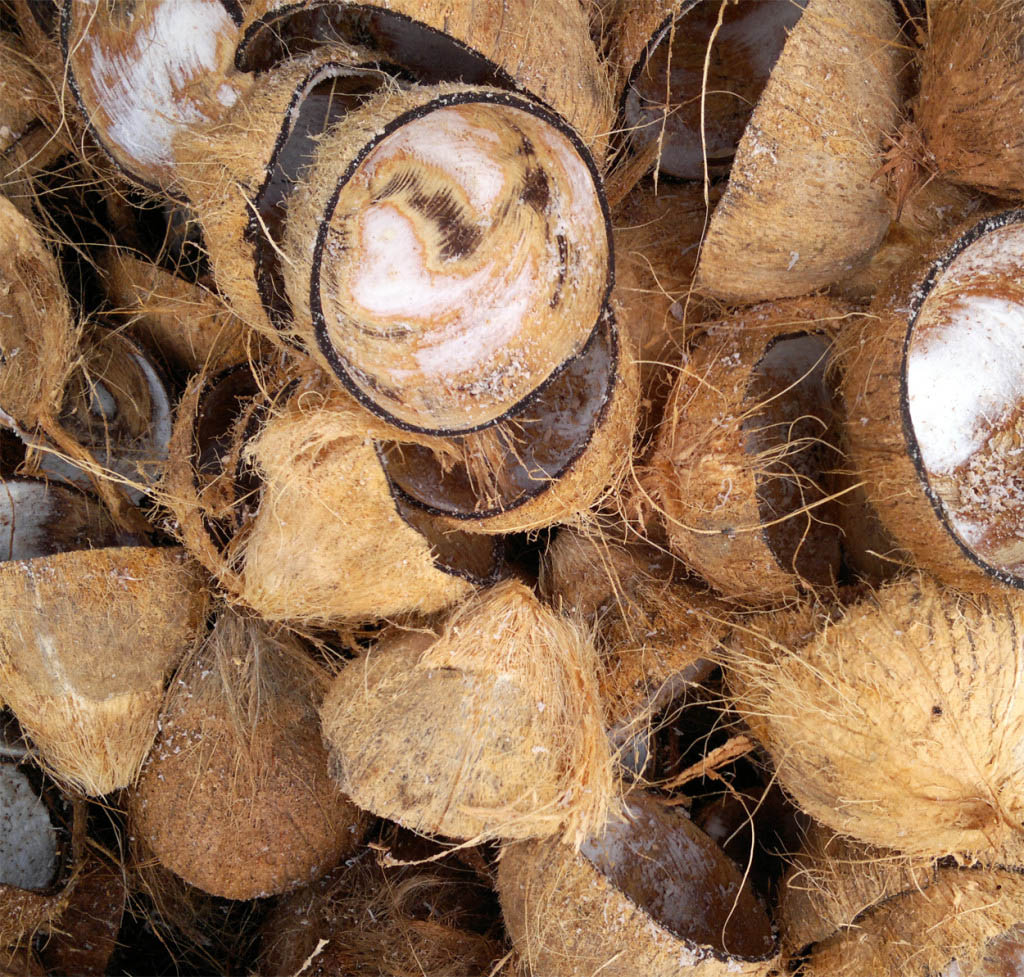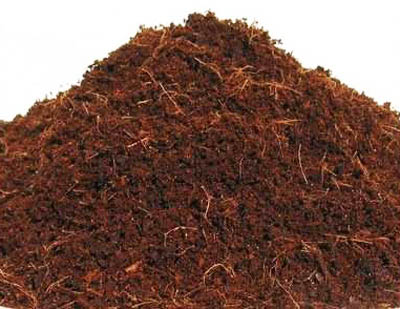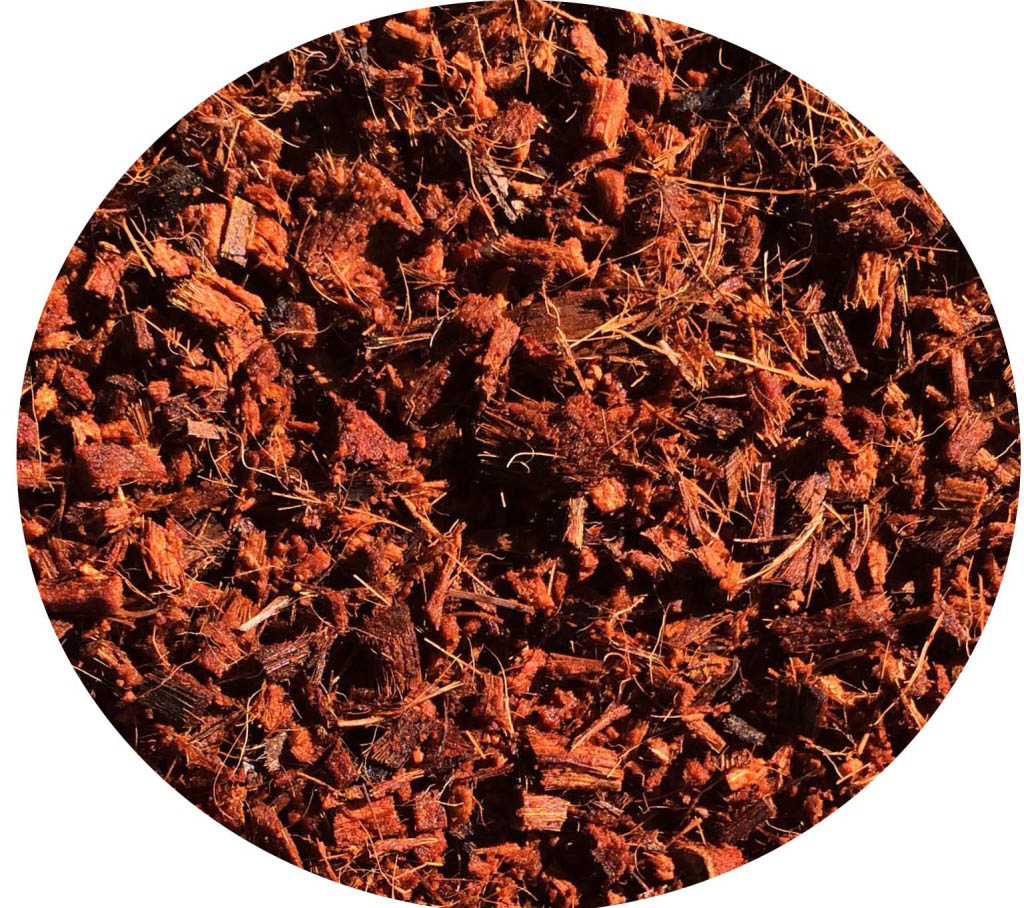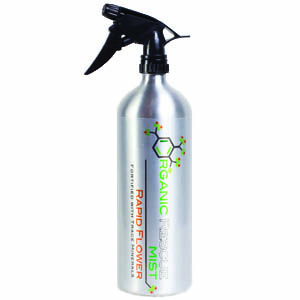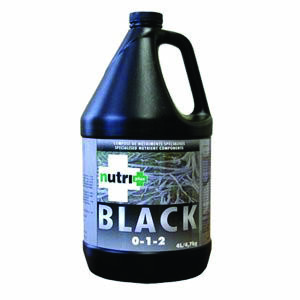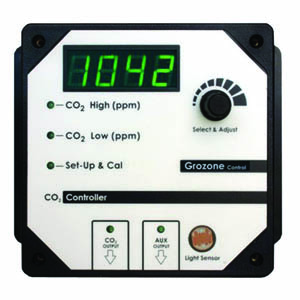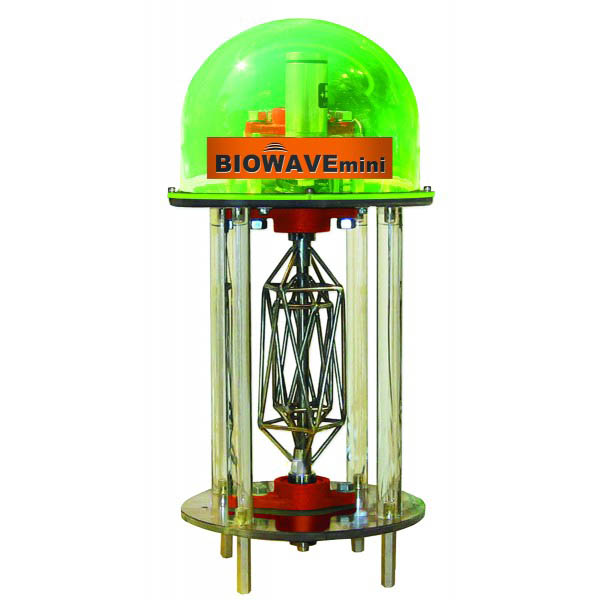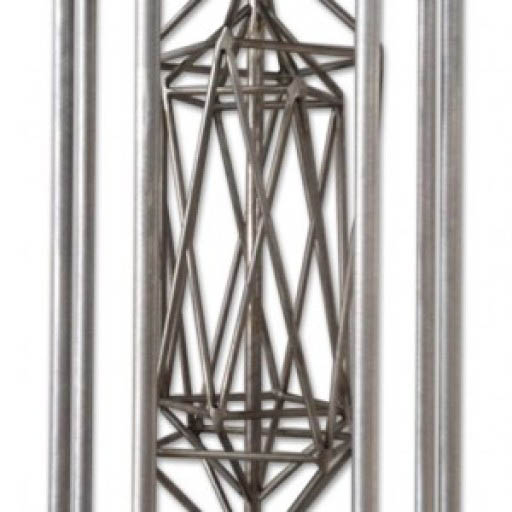High Pressure Sodium vs. Metal Halide: Plant Lighting Uncovered!
Hydroponic gardening is a method of indoor growing that requires the right combination of techniques and equipment to increase growth rate and maximize crop yield for a larger harvest. Adequate plant lighting is one of the most critical elements to consider for maximum plant growth and healthy indoor gardens. In hydroponic gardening there are a variety of light options such as High Pressure Sodium plant lights (HPS), Metal Halide plant lights (MH), incandescent lights and fluorescent plant light to choose from. So, which should you use? We’ll focus on two of the more popular options, High Pressure Sodium (HPS) and Metal Halide (MH) bulbs…
 High Pressure Sodium Bulbs (HPS)
High Pressure Sodium Bulbs (HPS)
The High Pressure Sodium Bulb (HPS) is the top choice for a high powered indoor gardening plant light. The 1000W high pressure sodium bulb is able to offer around 24,000 hours of use with an average 140,000 lumen output. Although there is very little color change over time, the HPS bulb is limited because it doesn’t offer optimal PAR output (PAR = ‘Photosynthetically Active Radiation.’ Higher PAR values equal more efficient bulbs). As such, HPS light works in mostly the wrong frequency range for growing plants. The light spectrum that is emitted from the high pressure sodium bulb is mostly within the orange spectrum and emits little blue and red light. Despite its PAR limitations, this bulb is very powerful and the spillover of light emission in the most desirable PAR Spectrum is still more than adequate to supply the plant with enough light to maintain a healthy growth pattern.
Which HPS Bulb to Choose?
When buying HPS bulbs for indoor gardening it is imperative to choose one with output of 430-460 nm blue light and 680-700 nm red light. Bulbs that emit only orange and green spectrums offer little significant impact on the PAR value, and are virtually useless for plant growth.
Metal Halide (MH) Bulbs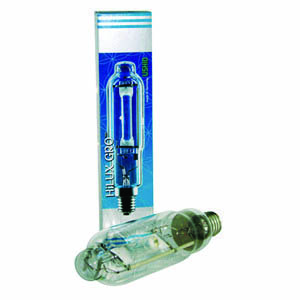
Metal Halide Bulbs are another popular option for hydroponic indoor gardening. Coated with phosphor the MH bulb delivers a photon blue light output of 430-460nm – ideal for increasing plant growth in the vegetative growth stage. As a metal halide bulb ages, more red light develops. This can be beneficial for plant lighting during the bloom stage of plant growth; since more red light is required. The only drawback is that lumen output also drops-off as aging sets in. Metal Halide bulbs are rated for up to 10,000 hours of light (significantly less than HPS).
More about Metal Halide Bulbs
 Also, metal halide output is approximately 30% less than that of the HPS bulb, although many metal halide bulbs offer more of the valuable 700nm red spectrum light than high pressure sodium bulbs. In comparing HPS and MH, many indoor gardeners tend to favor the HPS bulbs over MH bulbs because of the lumen drop-off and the short life span of the MH bulb. Compromising with one HPS to one MH can provide dual benefits. Choosing lamps with high levels of PAR values such as 460nm, 680nm, and 700nm can help to boost your plant growth, while reducing harvest cycles (by up to 50%).
Also, metal halide output is approximately 30% less than that of the HPS bulb, although many metal halide bulbs offer more of the valuable 700nm red spectrum light than high pressure sodium bulbs. In comparing HPS and MH, many indoor gardeners tend to favor the HPS bulbs over MH bulbs because of the lumen drop-off and the short life span of the MH bulb. Compromising with one HPS to one MH can provide dual benefits. Choosing lamps with high levels of PAR values such as 460nm, 680nm, and 700nm can help to boost your plant growth, while reducing harvest cycles (by up to 50%).
Overall, combining different types of plant lights in hydroponic gardens can provide a good balance of light intensity with an optimized PAR spectrum and deliver maximum plant growth throughout a plants’ life-cycle. Of course this generally translates into greater yields and more profitable harvests.
-Web Hydroponics



 These days, it seems like hydroponics projects are everywhere. From innovative large-scale, greenhouse gardening to classic residential grow rooms in home basements or grow tents in the guest bedroom; many gardeners and hobbyists are pursuing window farming, hanging gardens and other types of hydroponic gardening. But, it’s not clear to everyone just why this new kind of gardening is so beneficial. Here are some of the major advantages of hydroponics that are causing this industry to take off so quickly.
These days, it seems like hydroponics projects are everywhere. From innovative large-scale, greenhouse gardening to classic residential grow rooms in home basements or grow tents in the guest bedroom; many gardeners and hobbyists are pursuing window farming, hanging gardens and other types of hydroponic gardening. But, it’s not clear to everyone just why this new kind of gardening is so beneficial. Here are some of the major advantages of hydroponics that are causing this industry to take off so quickly.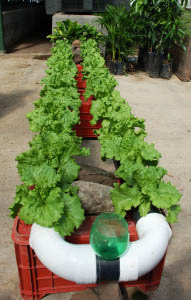
 Hydroponic Indoor Gardening Eliminates Seasons and Allows for Growing All Year Round
Hydroponic Indoor Gardening Eliminates Seasons and Allows for Growing All Year Round
